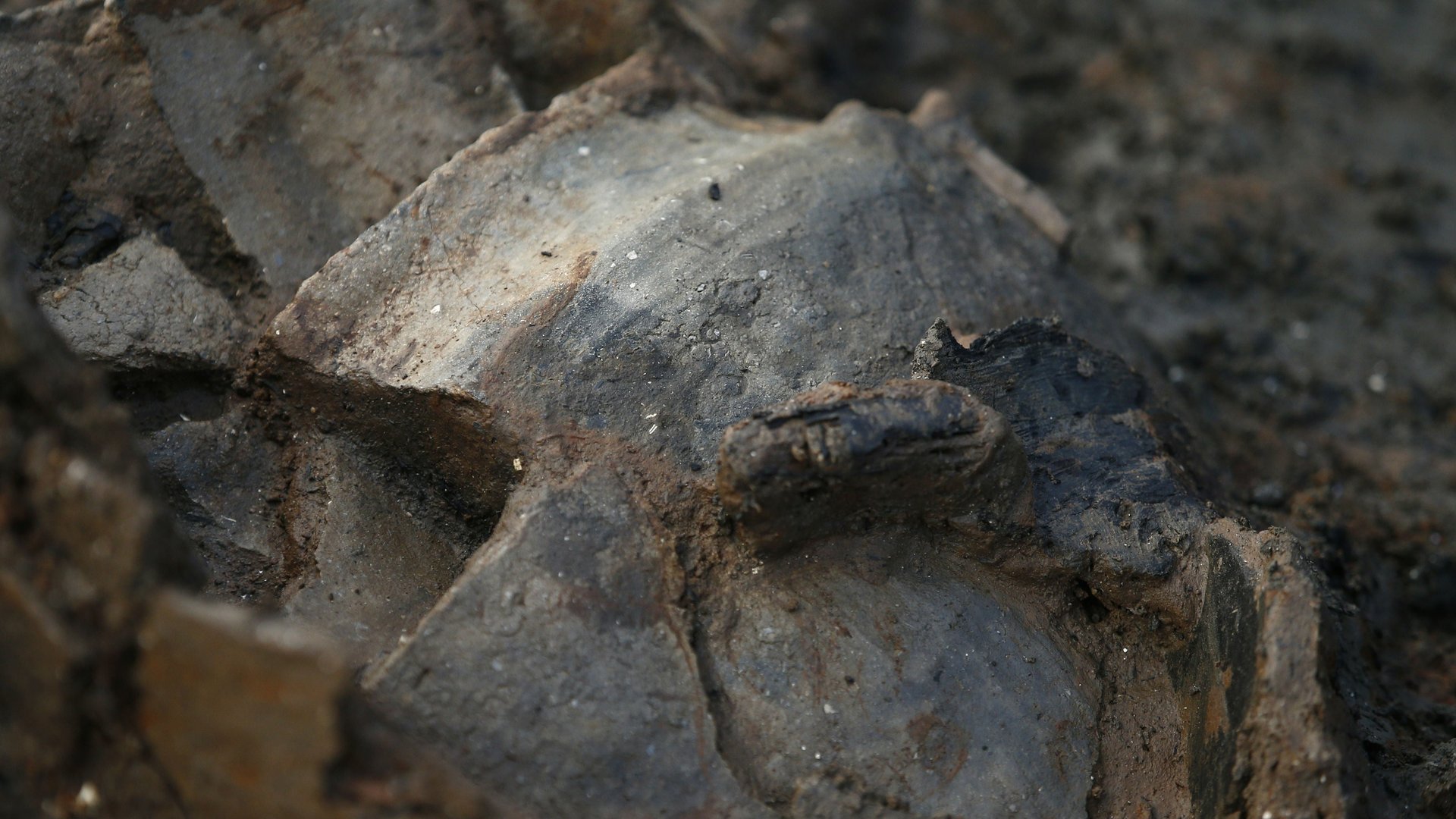The oldest virus ever found is an STI
Sexually transmitted infections are as old as sex itself.


Sexually transmitted infections are as old as sex itself.
While sequencing the genetic information from remains at archaeological sites in Germany, Russia, Poland, and Kazakhstan, researchers stumbled across fragments of DNA from hepatitis B dating back to as long ago as 4,500 years. These are the oldest virus fragments ever found to date, and could help scientists piece together how the modern-day form of the hep B virus evolved. Their work was published today (May 9) as a letter in the journal Nature (paywall).
Originally, the team was looking to sequence the DNA of human remains found in the same regions. Their goal was to figure out the ancestry of various groups living in the Middle and Bronze ages (they published the results of this study in a separate paper (paywall) simultaneously). As they were sequencing genetic material found on bone fragments, they encountered some foreign DNA. It turned out to be ancient fragments of hepatitis B virus, or HBV, which is transmitted through sexual contact, blood, or breast milk.
For the team to find these genetic fragments after all this time, the people who were infected must have been pretty sick. “The samples that are sequenced are either teeth or bones,” Barbara Mühlemann, a graduate student at the University of Cambridge and co-author of the paper said in a press briefing. “We think the reasons you can find viruses there is because those are tissues that have blood flow going through them, and the virus [had grown] to high concentration in the blood.”
Even though there’s a vaccine available for HBV, the virus remains prevalent in some parts of the world. It’s still present in about 6% of adults in certain countries in Africa and the Pacific Islands (worldwide, infection rates are about 2%). There is no cure for HBV, but antivirals are available to help manage chronic infections. If left untreated, HBV can cause both acute and chronic liver disease, which sometimes leads to cancer. These ancient genetic snippets can show scientists how HBV evolved over time, and how it has spread across the world.
The team plans to look for DNA remnants of other viruses and bacteria in previously overlooked human remains. HBV was found in the remains of 25 individuals out of a total of 304 humans in this particular study, but there are likely more pathogens to be found. As University of Copenhagen evolutionary geneticist Eske Willerslev pointed out in the same press briefing, other genome-sequencing projects looking at the remains of human teeth have found that “some 50% of individuals have some kind of oral infections.”
“A lot of people were running around with diseases in the past,” he added. “It certainly kind of cracked my romantic picture of the Bronze Age and Iron Age.”